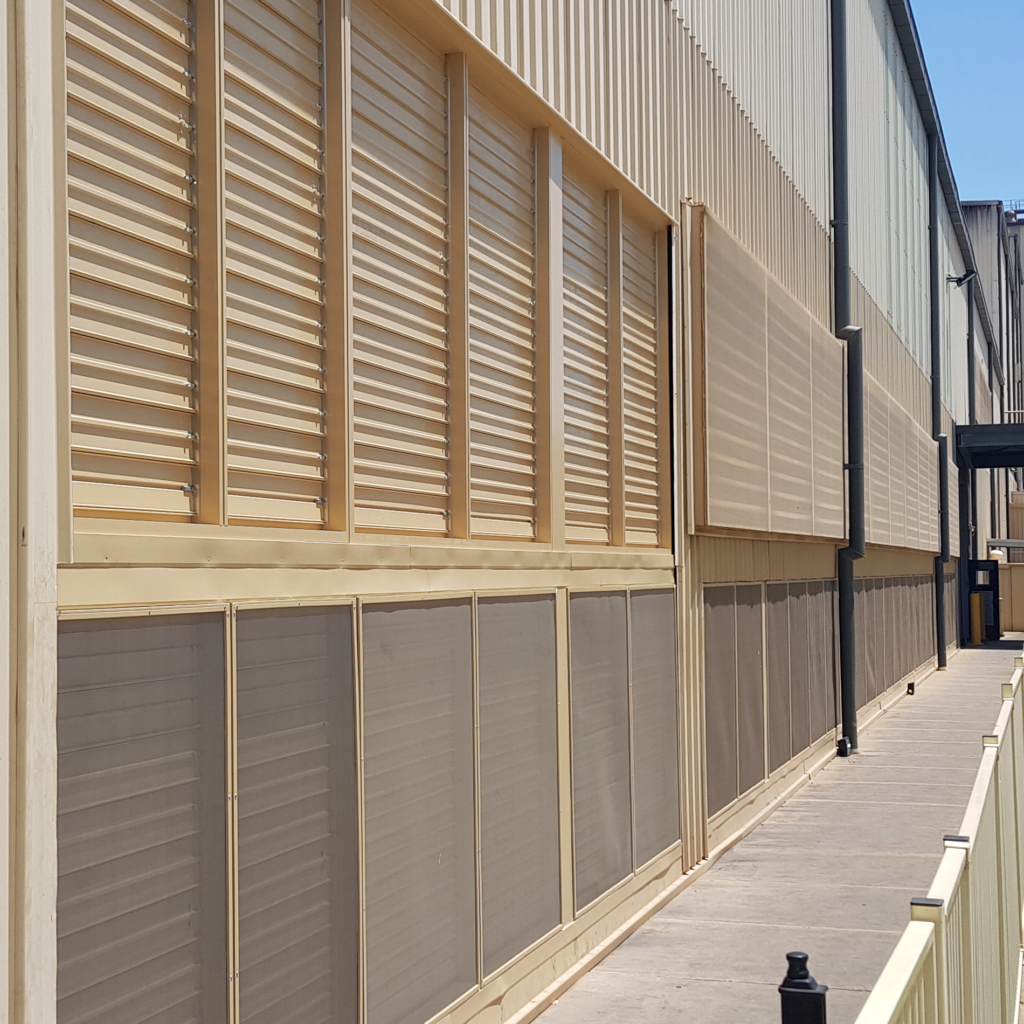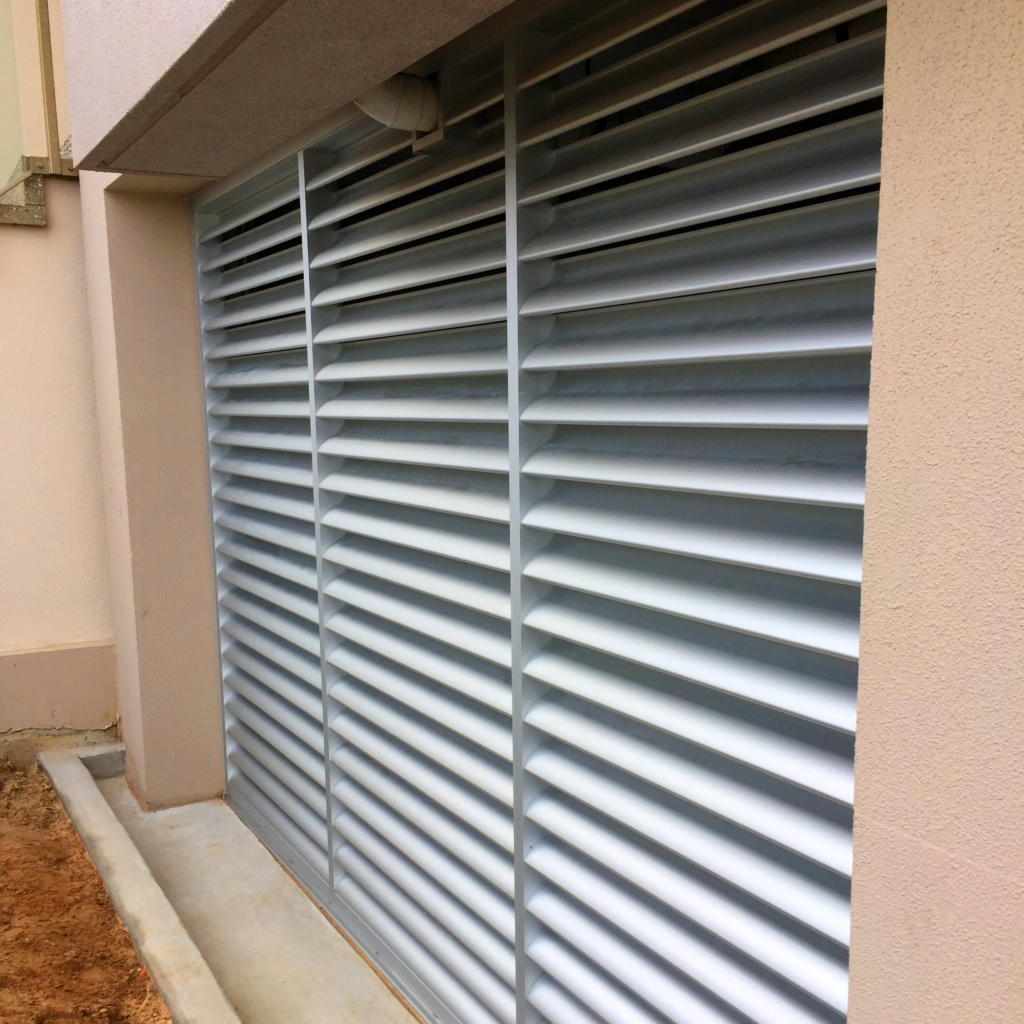Ventilation louvres, also known as air intake louvres or air exhaust louvres, are components used in building ventilation systems to control the flow of air. They are designed to allow fresh air to enter a building or room while preventing the entry of rain, debris, and other unwanted elements.

Ventilation louvres typically consist of a series of horizontal or vertical slats or blades that are angled to direct air movement. These slats or blades can be fixed or adjustable, allowing for increased control over the airflow. The design of ventilation louvres is important in achieving optimal air circulation and preventing the buildup of stale or contaminated air.
One of the key functions of ventilation louvres is to protect the building from rain and water ingress while still allowing the flow of air. The louvres are designed to channel water away from the opening, preventing it from entering the building while still permitting fresh air intake.
In addition to rain protection, ventilation louvres also play a role in preventing the entry of debris, such as leaves, insects, and birds, into the building. These louvres are designed with a mesh or grille structure that acts as a barrier, allowing air to flow freely while keeping out unwanted objects.
Ventilation louvres are commonly used in various applications, including HVAC systems, industrial buildings, commercial spaces, and residential buildings. They are installed in external walls, windows, and doors to facilitate airflow and ventilation.
